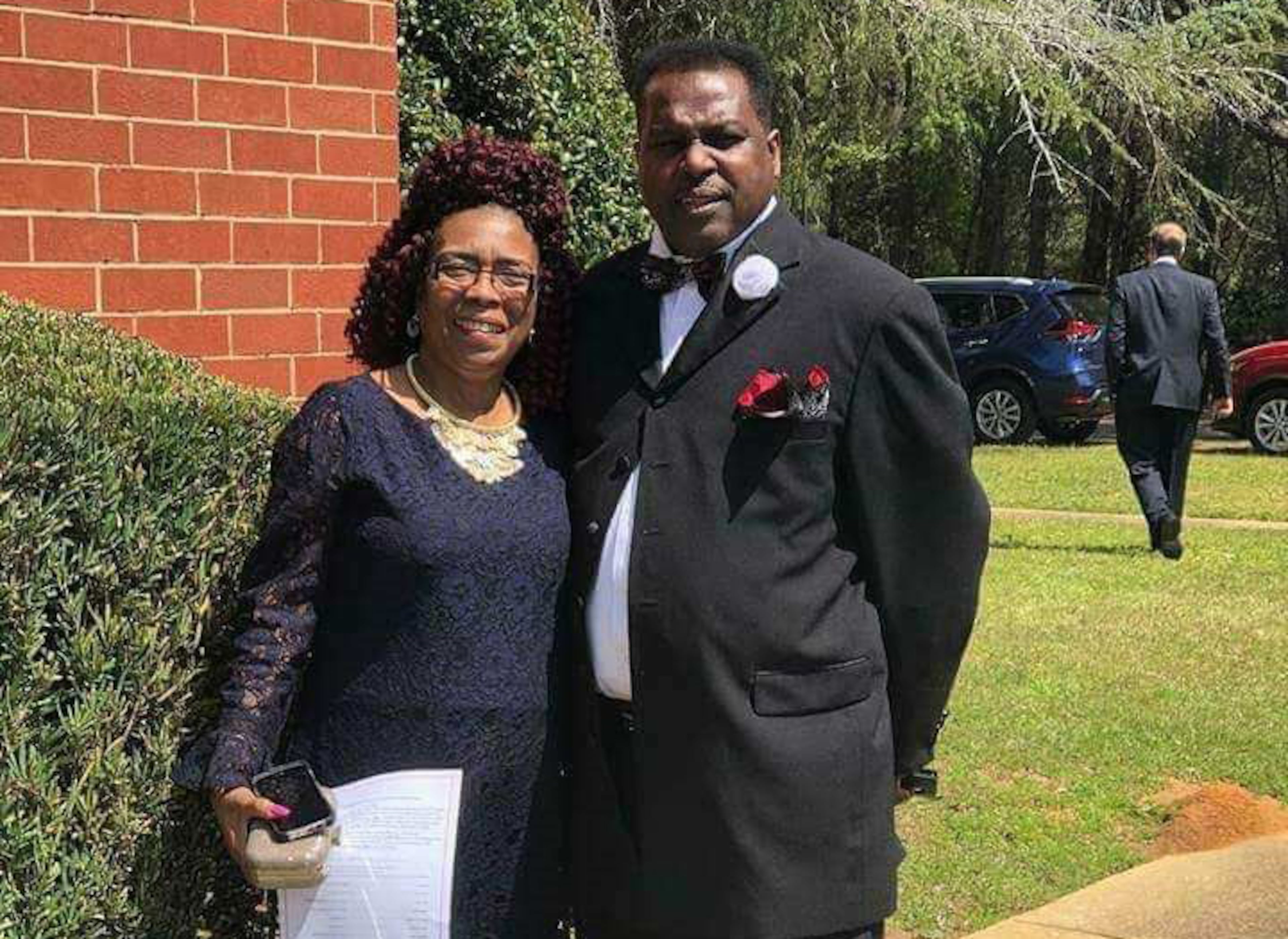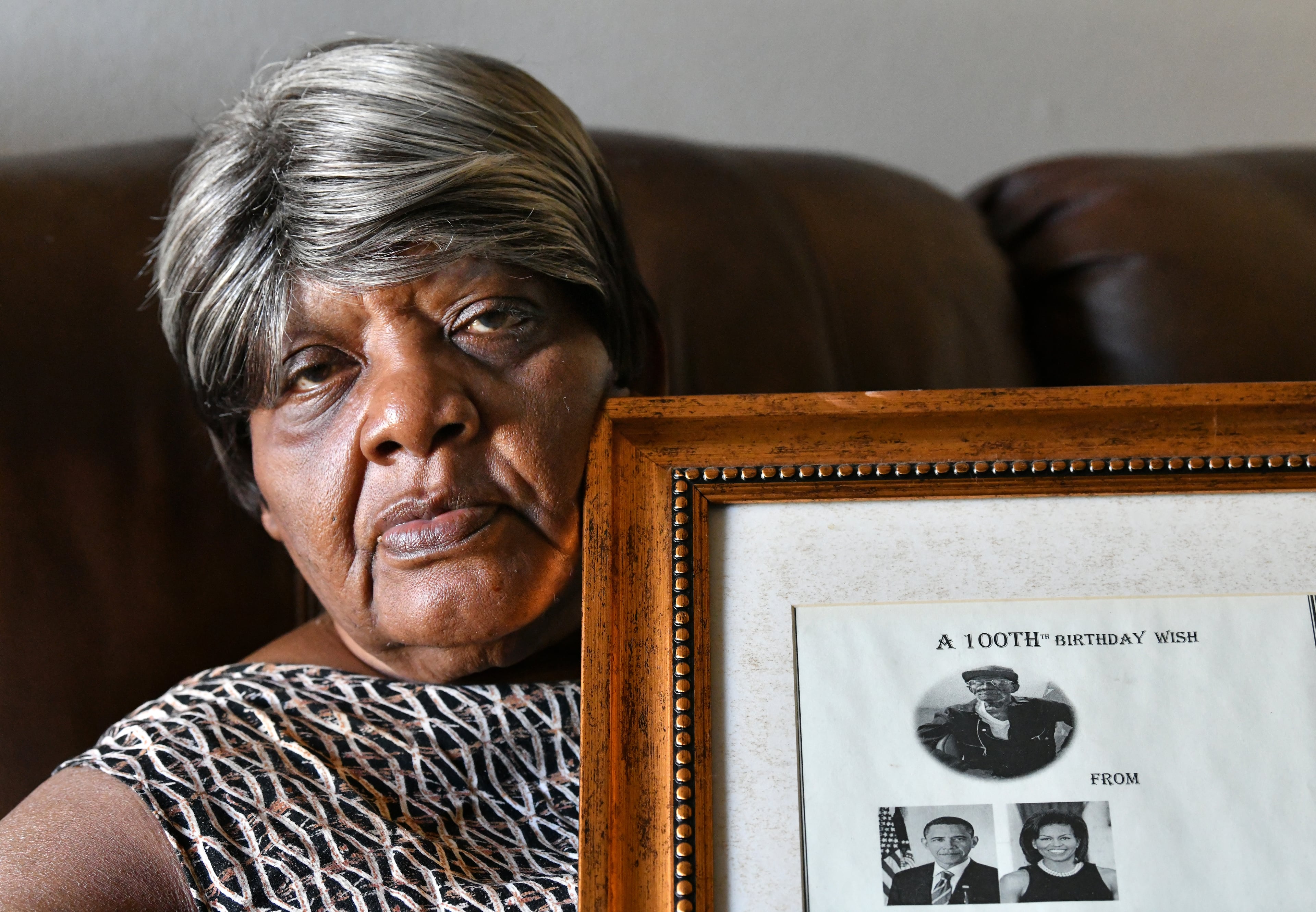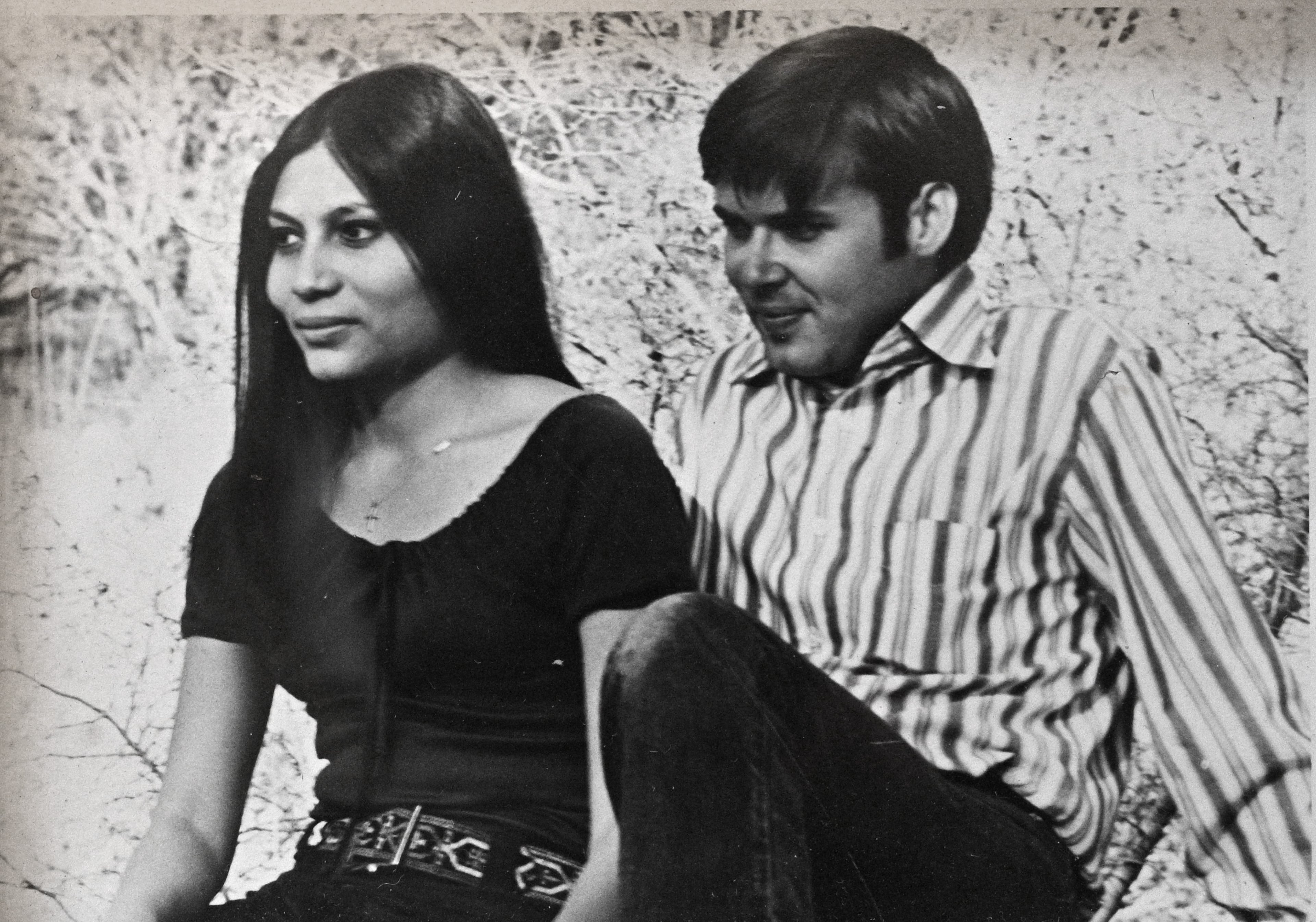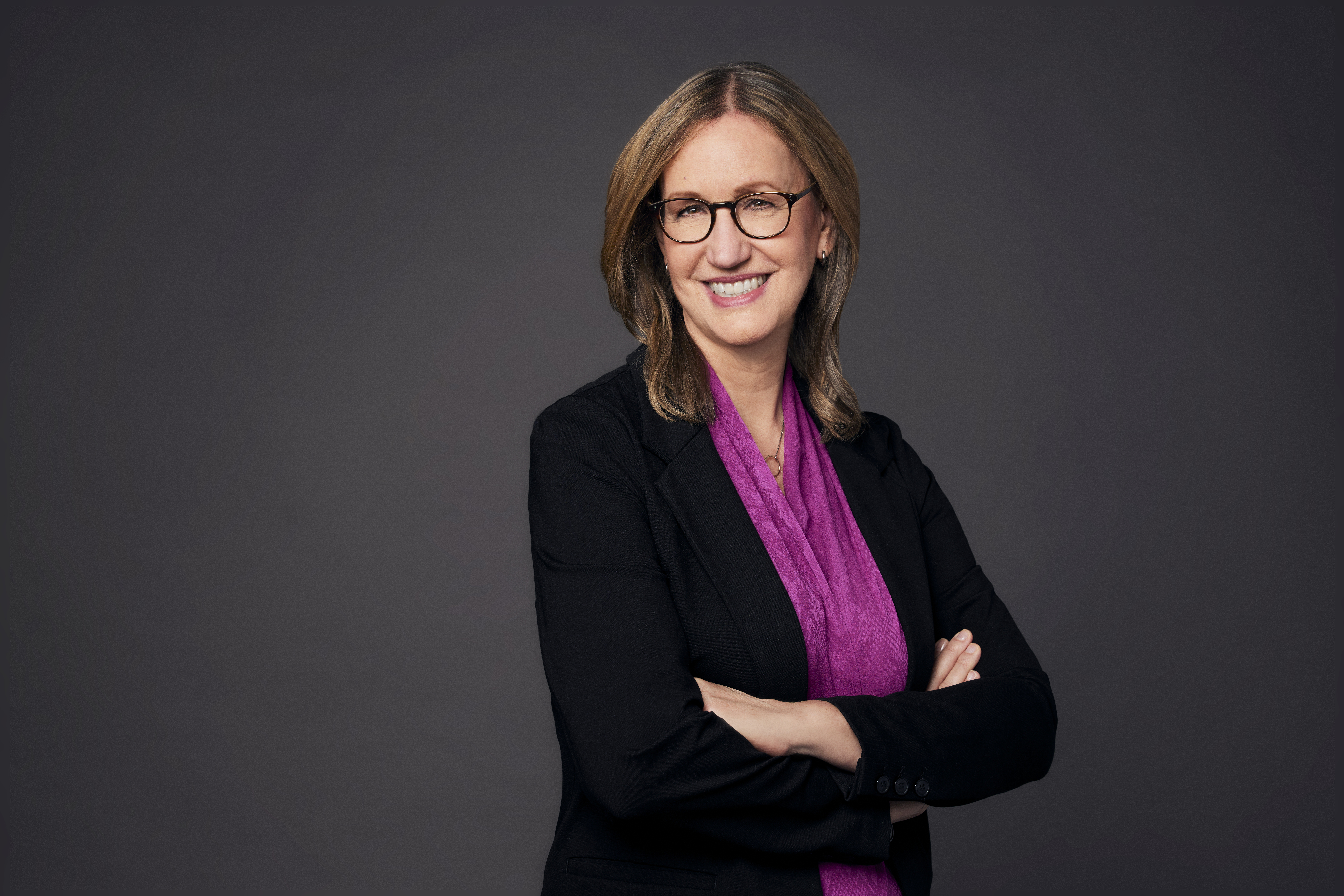The COVID-19 pandemic: Georgia’s yearlong catastrophic event

Just over one year ago, Dr. Matthew McClain saw a jarring image in a CT scan of a patient’s lungs. He’d been reading about the hazy, white-flecked pattern, the unusual “ground-glass opacities.” Now, it was right in front of him.
McClain, a radiologist, called his colleague in the emergency department at Floyd Medical Center in Rome, where the patient was being treated. “I am telling you, what you are looking at is very likely the coronavirus,” McClain told the ER physician.
“That drew a long pause,” McClain said recently. Only two confirmed coronavirus cases had been found in Georgia at that point, both tied to international travel. This patient hadn’t been out of the country.
Yet, a test eventually confirmed the suspicion. This was Patient 1 — the first known hospital case of COVID-19 in Georgia.
Doctors across Georgia were already seeing other patients with fevers, coughs and difficulty breathing, but they didn’t yet recognize the menace they were dealing with or couldn’t get the tests they needed to confirm it. By the end of March, though, hundreds of deaths bore witness to the pandemic’s arrival.

What has played out in Georgia since is something nearly unimaginable one year ago: a relentless mass casualty event. Across the state, some 1 million people have been infected. Public health officials have counted more than 18,000 confirmed and suspected COVID-19 deaths across Georgia. The losses well exceed the number of Georgia’s military members killed in World War II, Korea and Vietnam — combined.
But the numbers, on their own, can’t capture the anguish Georgia families have had to endure. Only the state’s death records start to reveal the extent of the losses. Name after name is listed, along with the names of spouses and parents, the deceaseds’ vocations and birthplaces and ages, how long they’d been hospitalized and who pronounced them dead.
The records show dozens of cases where COVID-19 claimed married couples. Often, husbands and wives died within days of each other. While grieving children were figuring out one parent’s funeral arrangements, they had another’s to handle.
Four Georgia siblings died within two weeks. Beloved coaches and pastors were lost. The toll also includes teachers and artists, doctors and nurses, judges and elected officials, homemakers, police officers, farmers, truck drivers and poultry plant workers.
Hundreds of people over the age of 90 died, but so did even more Georgians who were younger than 60, the records show. At least 10 children died.
As the pandemic lashed the state, doctors couldn’t predict who would be lost and who would survive. People able to walk into the hospital would collapse and die before they could get out of the ER. There were 80-year-olds who defeated the disease and 30-year-olds who could not.
One of the first signs that something terrifying may be looming started to emerge in early March. It came not in Atlanta, with its massive airport hosting international flights, but in Albany, in southwest Georgia.

At Phoebe Putney Memorial Hospital, Dr. Jyotir Mehta recalls his unit getting a call from the emergency staff. Patients were coming in terribly sick. One died later that day in the emergency center.
They all had a similar complaint: “I can’t breathe.”
This was how it started. Even 12 months in, nobody yet knows how it will end.
In the beginning
Gov. Brian Kemp announced on March 12 that Georgia had its first confirmed COVID-19 death, a 67-year-old man who died at Wellstar Kennestone Hospital in Marietta. It turned out that patient had spent more than a week at Phoebe Putney with lung issues before he was transferred. Without knowing it, dozens of people in Albany had been in contact with COVID-19.
“It was a shock, and there was a panic among the staff,” Mehta said.
The man had been in Albany in late February to attend a funeral when he fell ill. That funeral and another in Albany were soon identified as early superspreaders.
Phoebe Putney was quickly overwhelmed with cases. Doctors were trying everything, not knowing for sure what would help. The ICU ran out of ventilators. Doctors were shocked to see what was happening with their patients.
“You see people crashing. The young people crashing in front of you, within hours or days. Talking to you — and then decompensating and dying,” Mehta said.
Families were admitted together. That normally happens rarely, maybe after a car crash. “But here was one family after another family,” Mehta said. “And you can’t tell the other family member that your loved one has died. Because they are battling.”

By the time Nathaniel Franklin took his wife, Marjorie, to Phoebe Putney, it was full. They had both become infected, but Marjorie was weak and short of breath. She was transferred to a Macon hospital for care.
Their daughter and granddaughter were with Nathaniel when it came time to see Marjorie on a Skype call. By then, she was on a ventilator and sedated. The nurse on the call prepared to leave them alone to talk. “She said, ‘Well, I’m going to set the laptop here,’” Teri recalls. “She said, ‘I’m gonna let you all say your goodbyes.’”
The word struck Teri like a bolt. No one had warned them this was goodbye.
“When she said, ‘Say goodbyes’ that just broke me,” Teri said.

Within days, Marjorie was gone. She was 66. The day after that, Nathaniel’s symptoms worsened. Phoebe Putney was still full, so his daughter took him to Valdosta. He died there 24 days later. He was 65.
Before the end of March, Phoebe Putney CEO Scott Steiner had put the state on notice: “I hope I’m wrong, but I think this is coming to the rest of Georgia.”
In fact, other hot spots already had emerged. About the time the coronavirus was choking Albany, it also had a grip on Cartersville. More than 100 coronavirus cases and four deaths were eventually tied to choral rehearsals there in late February and a performance on March 1 by members of the Church at Liberty Square.
“She said, ‘Well, I'm going to set the laptop here. She said, ‘I'm gonna let you all say your goodbyes.' "
And while state officials first announced a COVID-19 death on March 12, postmortem testing later revealed a confirmed death from a week earlier.
On April 3, Gov. Brian Kemp ordered Georgians to stay home. At the time, the state had recorded slightly fewer than 6,000 cases of COVID-19.
The state also said it had recorded 198 COVID-19 deaths, but death certificates show 100 more. Given how scarce testing was in early spring, the number of deaths in the first wave may never be known.
By the end of April, Kemp re-opened the state for business. By then, at least 26,000 Georgians had contracted the virus and nearly 1,200 had died.
Awakening to a nightmare
The virus died down a bit in late spring. But when summer arrived, another surge struck with a vengeance.
About a week after the July 4th holiday, Rhonda Hudson, who lives in Hortense, a small community in southeast Georgia, noticed she wasn’t feeling well. Her test came back positive. Within days, the 55-year-old who had been in good health was sedated and put on a ventilator. She would remain on it for about two months.
What was playing out while Hudson was sedated was a nightmare. Many in her extended family had been infected, too. Her mother died at the end of July. A week later, her Aunt Sarah and her Aunt Velma died. All from COVID. All in their 70s. She lost an uncle, too. Four siblings, all gone within a few weeks.

Hudson had been moved from the hospital to rehab to begin her long recovery when she expressed confusion over why her mother hadn’t come to see her.
That’s when her husband broke the news.
“I woke up to all of that,” she said.
Given how scarce testing was in early spring, the number of deaths in the first wave may never be known.
Pastors and funeral directors watched families endure multiple losses. “You’ve got families who lost their entire lineage,” said Darryl Winston, a pastor in Atlanta.
While some deaths altered families forever, others were a gut-punch to entire communities. That’s how the death of Coach Lee Hill felt to many in Statesboro. In four decades as boys basketball coach at Statesboro High School, Hill had amassed 877 wins and helped shape the lives of countless people.
Hill died of COVID-19 on Aug. 1, after being hospitalized since early June, leaving a town to mourn.
“He was the one person I would say embodied the spirit of Statesboro,” said Mayor Jonathan McCollar. “So when he passed, we truly lost an institution.”

Unimaginable toll
Some of Georgia’s largest and deadliest outbreaks took place among its most vulnerable: nursing home residents. Isolating them and banning visitors didn’t keep the virus out. It kept coming in with employees.
In Dublin, a city of 15,000 between Atlanta and Savannah, the Dublinair Health and Rehab nursing home seemed to have dodged the virus all spring, while other nursing homes across the state were ravaged. Then in two weeks in August, almost every resident tested positive. Over just 21 days, the facility reported 23 residents had died.
Charlie Coleman, who had spent his life working on farms, was among them. At 106, he was one of the oldest Georgia residents to fall victim.

Bed after bed at the nursing home was empty by the time August ended. A former lunch lady died, a retired nurse was lost, a gospel singer and many more.
“I lost my dad, he was one of my patients,” said Ryan Daniel, the Dublinair’s administrator.
Two days after his father’s death, at the height of the home’s outbreak, Daniel, who was 47 and had been healthy, was hospitalized with COVID-19. He spent a month in the hospital, including time on a ventilator and being airlifted to Atlanta for advanced treatment. “I almost died,” he said.
Now, he’s back at work, taking care of a building of seniors.
Given everything, a memorial for his father was put on hold. “Honestly, I really haven’t had time to grieve,” he said.
Funeral directors across the state have witnessed the struggle that families faced when trying to lay a loved one to rest. Dudley Funeral Home, which has been operating in Dublin for a century, usually does five or six funerals a week. In August and September, it was handling two or three a day, said Carl Pearson, Dudley’s director of client services.
“I lost my dad, he was one of my patients."
Families were struggling with the aftermath. Many had been barred from seeing relatives in hospitals or nursing homes. They couldn’t have big funerals. They couldn’t get hugs, or give them. Supply shortages meant the casket or urn they planned for simply wasn’t available anytime soon, Pearson said, and sometimes graveside services had to be delayed. Too many deaths meant even cemeteries become busy.
By the end of September, the summer spike in cases turned into a valley. Hospitals and funeral homes got a reprieve. The state’s death toll stood at around 7,000.
Yet the worst scenes of the pandemic were still to come.
Death after death
Before COVID-19, the Northeast Georgia Health System may have reported up to 10 deaths a month. Then in December, the hospital system had 142 deaths. The next month, 228.
“This just felt unreal,’' said Dr. Deepak Aggarwal, chief of medical staff.
Thanksgiving, Christmas and New Year’s gatherings had given COVID-19 and its new variants a playground. Cases and deaths spiked. New records were set day after day — with the pandemic’s highest peak arriving in early January.

Doctors and nurses sign up to deal with death, but not like this. One after another described the feeling of working in a war zone.
Dr. Larry Dudas, an internal medicine physician at NGMC, said among his worst days was one when he arrived at the hospital to learn two of his patients had died.
One had been sick for a long time. But the other “just stopped breathing,’' he said. “It was really tough. I had gotten to know this patient, and they were heading in the right direction, getting better. But it was like flipping a light switch. They got really sick, really fast and unfortunately, I couldn’t do anything to resuscitate them, and I was having to make a call to their family.
“The worst part of this job is making that phone call to a family member or loved one. That is excruciating.”
In January alone, calls from doctors, nurses, nursing home administrators or family members were needed for more than 4,000 Georgians who died.
Janie Lozano McGhin was among them, her last breath coming in a Valdosta hospital.

McGhin, 70, had spent a lifetime taking care of others. The daughter of Mexican immigrants to Texas, she grew up having to share a bed with two sisters while her brothers slept on the floor. Their father put food on the table by herding livestock and shearing sheep.
In the ninth grade, she dropped out of school to work and help her family, riding a bus an hour each way to a job in a tuberculosis clinic. She was able to earn certification as a licensed practical nurse before a high school certificate was required.
After marrying a Georgian stationed at a Texas military base, she eventually moved to Valdosta, where she worked as a nurse while going to school and raising her children. Later, she taught classes on nursing and healthcare and, in 2016, opened her own clinic, where she was a beloved nurse practitioner.
She died Jan. 15, one of the deadliest days of the pandemic, along with at least six others, ages 40 to 86, at South Georgia Medical Center, according to the state’s death records. The toll was among the highest in the state for a hospital that day.

Her family’s grief is still raw. In memory of her mom, McGhin’s daughter pinned a bright red bow to the door of her family’s educational supply store.
Amanda McGhin Sanderson said she wants customers to know what happened to her mother. ”This isn’t something made up on TV,” she said. “This isn’t something political.
“This is my Mom who was pretty much dying for six weeks and I didn’t get to see her. I didn’t get to hold her hand. I didn’t get to comfort her. All that was taken from me,” she said.
Having endured a year of heart-breaking losses and upended routines, Georgians now are ready to move on. Many want to gather, to travel, to get back to shaking hands with friends and hugging those they care about.
But the virus has repeatedly found a way, over the last year, to mount new attacks.
Vaccines are offering promise, but COVID-19 variants and stubborn rates of transmission present a continued threat.
Even the experts can’t say what the next year will bring, just as few imagined the toll the last year would exact.
We’re one year in, but we still can’t celebrate.
It’s still not over.
Staff writers Helena Oliviero and Otis Taylor contributed to this article.




